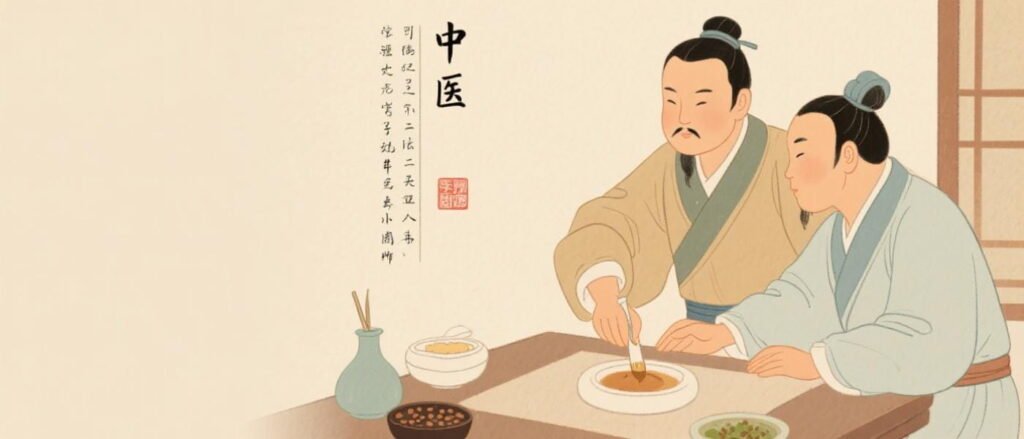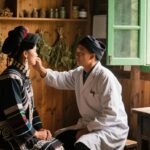In early autumn, the second daughter-in-law of Xiao Mei’s family suddenly developed severe neck swelling. The family summoned a physician who diagnosed it as “Jueyin Luoli” (lymphatic tuberculosis along the liver meridian in TCM terminology). He prescribed topical medicinal paste and internal herbal formulas to regulate liver qi. However, after five days of (used in traditional contexts), her condition worsened. Her husband Si Zhu urgently requested my consultation.

Upon examination, I observed a loaf-sized swelling on her neck with reddened, burning skin and rock-hard texture – clearly distinct from typical lymphatic tuberculosis. The patient reported initial symptoms of alternating chills/fever, persistent headaches, dizziness, and abnormal night sweats. Pulse diagnosis revealed strong, rapid beats at both wrist positions (a telltale sign of external heat invasion in TCM).
I corrected the diagnosis: “This is Fayi (suppurative parotitis in modern medicine), not Luoli. The patient’s inherent internal heat constitution combined with wind-cold exposure has trapped fiery toxins in the parotid region, causing secondary joint pain and limb weakness.”
The situation was exacerbated by the previous physician’s suffocating topical paste, which had caused skin inflammation. I immediately ordered:
- Removal of all topical applications
- Anti-inflammatory cleansing with tong cao (Tetrapanax papyrifer) decoction
- Administration of Lianqiao Baidu Yin (Forsythia Detoxification Decoction) – a classical TCM formula containing Forsythia, Mint, and Bupleurum to clear heat and neutralize toxins.
Remarkably, the pain subsided within 24 hours. The swelling visibly reduced after three days, with complete recovery achieved in five days. This case demonstrates the critical importance of differential diagnosis in TCM: similar-appearing swellings require fundamentally different treatments based on syndrome differentiation (bianzheng).



Leave a Reply